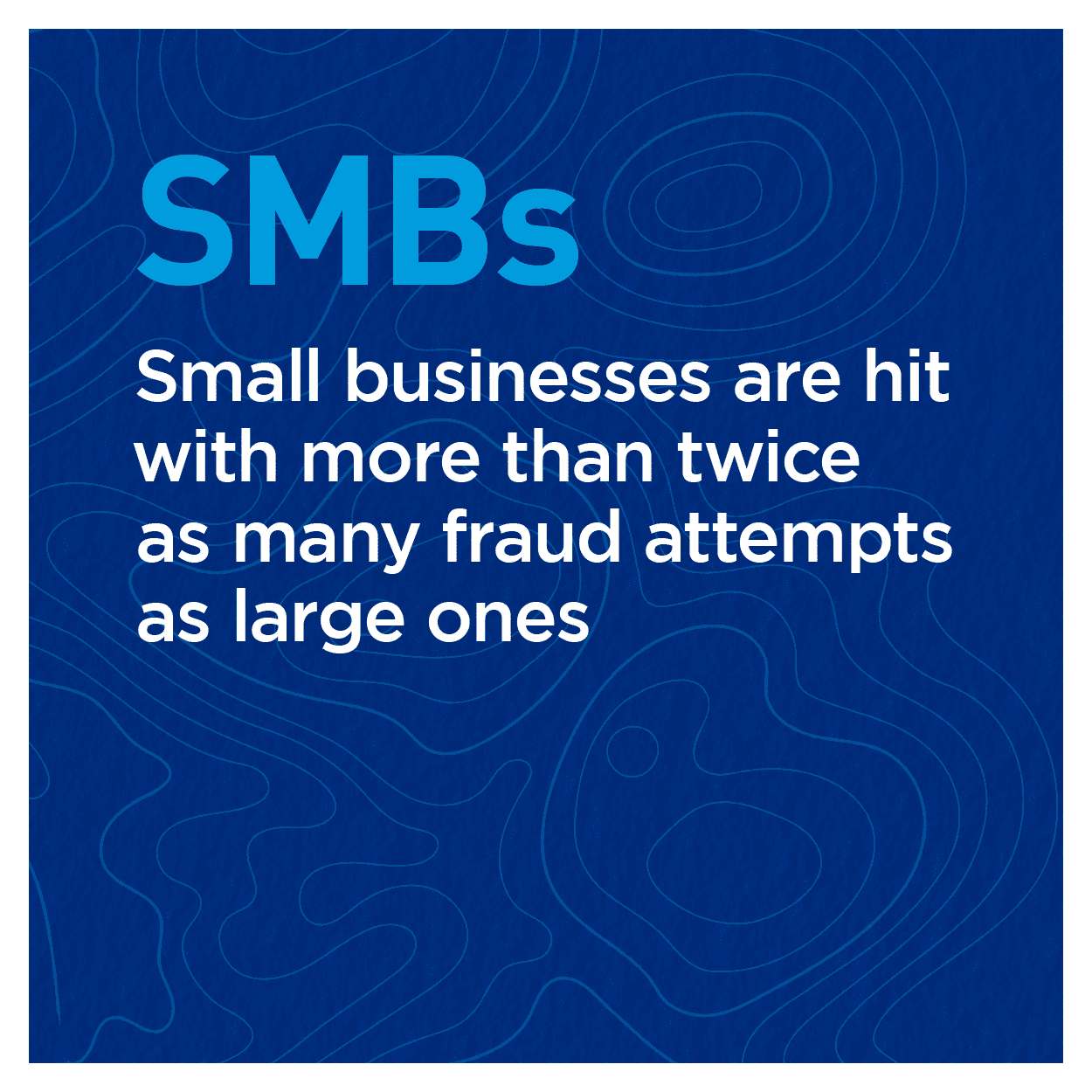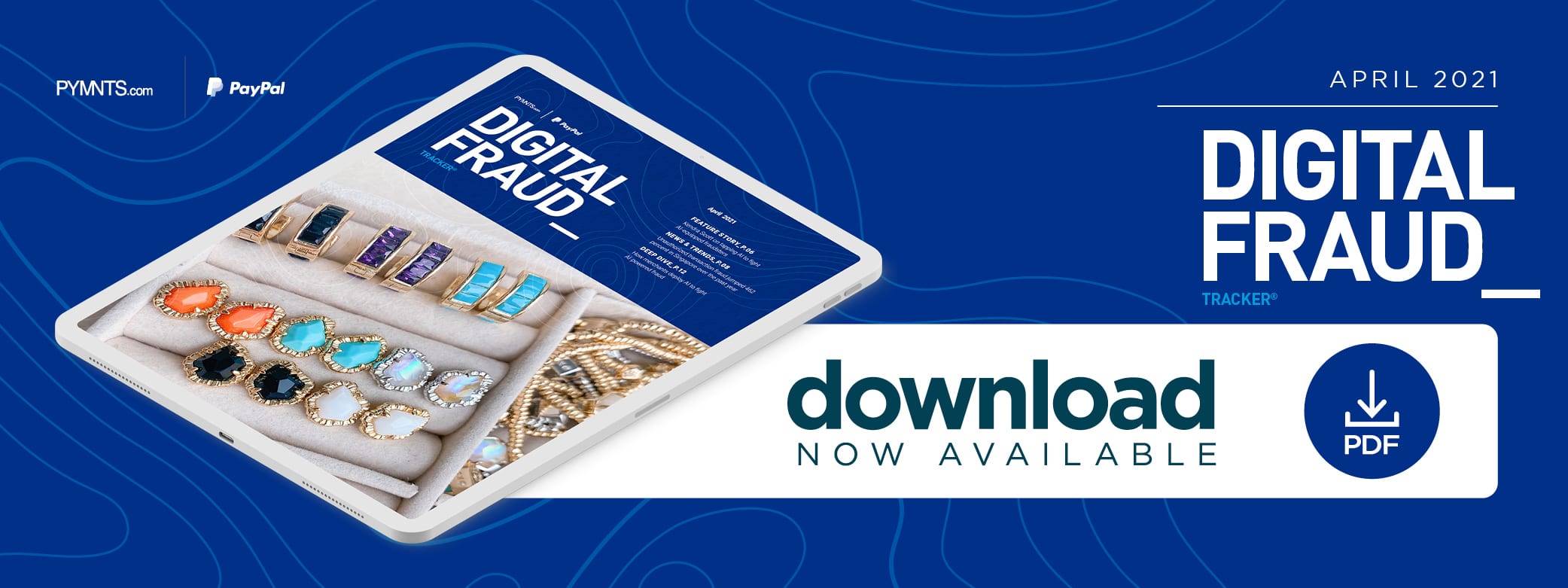Jeweler Kendra Scott Leverages AI To Fight Fraudsters

Digital fraud continues to be an ongoing problem for banks, retailers, merchants and businesses of all types, as well as the customers that patronize them.
The Federal Trade Commission (FTC) reported that it received more than 2 million fraud reports in 2020, with total losses due to fraud clocking in at a staggering $3 billion. Augmenting the risk of fraud are new hacking and scamming technologies that leverage artificial intelligence (AI) and machine learning (ML).  These advanced technologies are well-known in the fraud prevention community for their ability to identify and prevent fraud attempts, but they are also used by the fraudsters themselves to advance their schemes.
These advanced technologies are well-known in the fraud prevention community for their ability to identify and prevent fraud attempts, but they are also used by the fraudsters themselves to advance their schemes.
New AI- and ML-powered fraud prevention measures like adversarial training are already springing up to help fight new schemes, but many smaller businesses cannot afford these advanced preventative tools. Fraud prevention solution providers will have to devise ways of making these techniques more economical without compromising their effectiveness if they truly wish to make a dent in digital fraud losses.
In the April edition of the “Digital Fraud Tracker®,” PYMNTS explores the latest in the world of fraud prevention, including how fraudsters are deploying new AI-powered attacks, the AI-driven countermeasures being used to fight back, and how smaller merchants often struggle to affordably deploy these tools.
Developments Around the Digital Fraud Space
One type of fraud commonly augmented by the use of AI is unauthorized transaction fraud, in which bad actors leverage bots to obtain stolen payment information en masse and make automated purchases. This type of cybercrime skyrocketed by 462% in Singapore over the past year, with fraudsters deploying automated phishing schemes to gather the information necessary to stage the scam.  Singapore’s transport minister warned consumers that banks and businesses will never ask for personally identifiable information, and that any such request is likely the work of a fraudster.
Singapore’s transport minister warned consumers that banks and businesses will never ask for personally identifiable information, and that any such request is likely the work of a fraudster.
Another fraud technique seeing a boost due to AI is account takeovers (ATOs), which spiked by 282% between 2019 and 2020. The eCommerce and online gaming fields were particularly vulnerable to this type of fraud, with bad actors using credential stuffing and script creation methods to stage ATOs at scale. Fraud prevention experts recommend biometrics, multifactor authentication and bot detection systems during the account creation stage to authenticate users and prevent AI-powered ATOs.
Small- to medium-sized businesses (SMBs) are particularly vulnerable to AI fraud schemes as they lack the seasoned fraud prevention algorithms and analysts on staff at larger organizations. A study found that SMBs have been hit by 2.3 times more fraud attempts than large corporations, with one-fifth of these fraud attempts related to the ongoing pandemic. Employees working from home helped create entry points for fraudsters, who leveraged these breaches to scam companies and their employees.
For more on these and other digital fraud news items, download this month’s Tracker.
Kendra Scott on How eCommerce Merchants Can Fight Fire With Fire When It Comes to AI
 Cybercriminals have leaned into AI-augmented schemes in recent years, forcing merchants to fight back with their own AI-based anti-fraud measures. In this month’s Feature Story, Jim Dunlap, chief information officer for jewelry and home goods retailer Kendra Scott, warns that these systems should not be deployed alone, but in tandem with human analysts to outsmart the malicious bots.
Cybercriminals have leaned into AI-augmented schemes in recent years, forcing merchants to fight back with their own AI-based anti-fraud measures. In this month’s Feature Story, Jim Dunlap, chief information officer for jewelry and home goods retailer Kendra Scott, warns that these systems should not be deployed alone, but in tandem with human analysts to outsmart the malicious bots.
Deep Dive: How AI Works to Fight Fraudsters’ AI-Augmented Techniques
Bad actors are deploying AI in record numbers, using it both to develop new attack methods and deploy tried-and-true techniques at scales never before seen. It can also be leveraged effectively in the hands of fraud prevention teams, however, especially adversarial training in which an ML model is trained using examples of real-life fraud. This month’s Deep Dive explores how corporate security teams are working on adversarial ML techniques to counter AI-aided digital fraud.
About the Tracker
The “Digital Fraud Tracker®,” done in collaboration with and supported by PayPal, is your go-to monthly resource for updates on trends and changes in digital fraud prevention.
